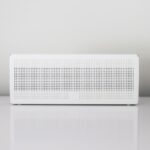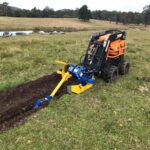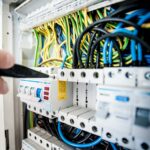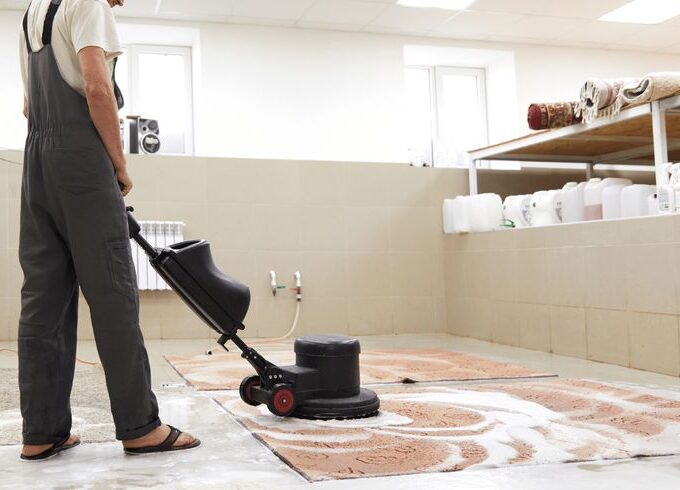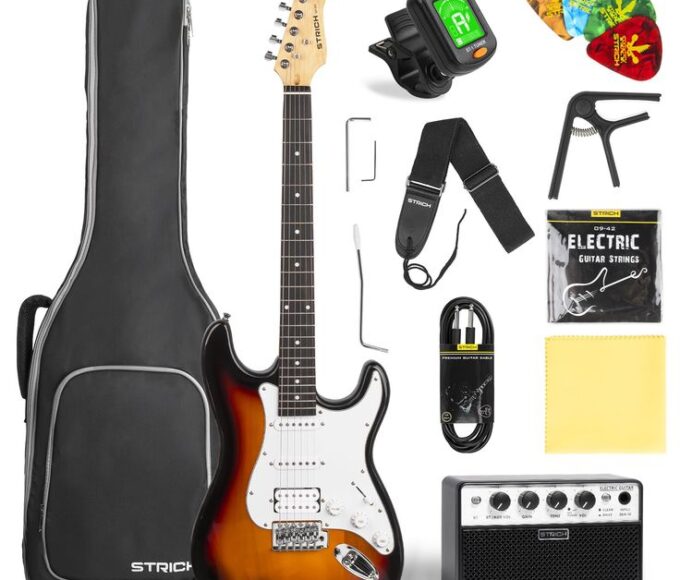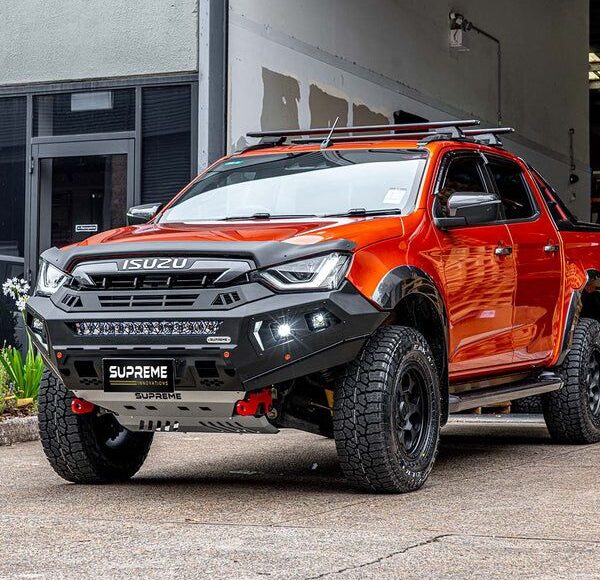Do you think about using the energy of the sun and energize your home? The installation of solar panels is not only a fad but a viable measure that will help you cut down your monthly electric bills significantly and lower the carbon footprint. Since the number of homeowners who switch increases, it is very necessary to know what is involved in it.
You can imagine that you generate your own clean energy and also conserve the environment. Being a DIY enthusiast or intending to recruit the services of professionals, it is the knowledge of the tools required to install the solar panels that will guide you in the right direction. Let us discuss ways in which you can capture sunlight and convert it into financial gains and independence through proper equipments and strategies!
The Benefits of Installing Solar Panels
There are myriads of benefits of solar panels which are not only limited to saving electricity bills. They use the energy resources of the sun that are vast and renewable. This saves the use of fossil fuels and it saves on your carbon footprint.
Installing solar panels can also significantly increase property value. Homes equipped with solar energy systems tend to sell faster, thanks to long-term savings on utility bills. Choosing the best solar batteries ensures that this energy is stored efficiently for consistent use.
Moreover, there are financial incentives on solar installations in many regions e.g. tax credits or rebates. Such advantages can be used to offset the initial set up expenses and the switch to solar even more attractive.
The second advantage is that it does not demand high maintenance when it is installed. Solar panels are created in such a way that they last several decades with minimum maintenance and give a constant energy production during their lifespan.
Adopting this technology ensures that it is sustainable and sets the path of a more desirable environment by the future generation.

Necessary Tools for a Successful Installation
It is important to have the right tools when it comes to installation of solar panels. A heavy drill with different attachments will be required to help fasten panels on roof tops. A quality multimeter will assist you in measuring voltage and system components will be operating well.
The ladders are needed when it is necessary to reach high places in a safe way. Ensure that yours is stable and its height is sufficiently high to fit your location of installation. Safety gear is another item that should not be overlooked; gloves, goggles, hard hats would help keep you out of the falling or sharp edges.
The solar installations usually involve accuracy in measurements. Spend money on a laser level so that everything fits in the set up. Crimping tools and wire strippers cannot be done without either when connecting wiring to minimize loss in functionality.
Take a torque wrench to loosen bolts. This guarantees the stability of all fixtures in the long-term besides maximizing the performance efficiency of your solar energy system.
Safety Precautions and Guidelines
In the installation of solar panels, safety comes first. Start with the use of personal protective equipment (PPE). It is possible to protect against possible risks with the help of hard hats, gloves, and safety glasses.
Before getting on a roof or handling electrical equipment, it is always advisable to check the work area. Make sure that the surface is even and there are no impediments. Fall protection systems can help to eliminate severe accidents in case of working at the heights.
Another important thing is to shut down any power source that is related to the system before commencing any installation activity. This will avoid electric shocks and will allow safe handling of wires and connections.
Get used to your tools and what they do to prevent accidents. Consult the instructions provided by the manufacturer of the tools as well as the solar panels to ensure that they are handled in the right way.
Think of having someone to help you in the project. A person around offers an added protection in case of any unexpected problems.
Troubleshooting Common Issues
Nothing always works when one is installing solar panels. It is important to be ready to the possible hiccups on the way. The following are some of the typical problems and trouble-shooting.
Poor alignment of the panels is one of the common issues. Unless your panels are set properly they will not receive maximum sunshine. Measures their orientation and tilt with a level or a measuring device. Make adjustments to ensure maximum productivity.
There is one more problem that may occur with wiring connections. Wires loose or damaged may cause poor performance or system failures. Check all electrical connections regularly, and make sure that they are tight and not corroded.
Shading is an unwanted hustle at times. The trees or buildings might put a shadow on your panels and hence make its energy production minimal at some point of the day. Prune off excess branches and think about relocating obstructions to be feasible.
Moreover, there may be inverter issues; they are those devices which convert solar energy to useful electricity that is used by your house. Should there be a decrease in power production when you think all is well structurally, review the display on your inverter to review error codes that may indicate the need to do some form of maintenance.
Watch out dirty accumulations on panel surfaces which could hinder the absorption of sunlight as time goes by. Wash them with soft water and soft cloth frequently to keep them at optimal performance levels.
With these pitfalls being mitigated in advance and having the knowledge of troubleshooting, you could then be sure that your solar set up operates smoothly and that it is exploited to its full capacity.




